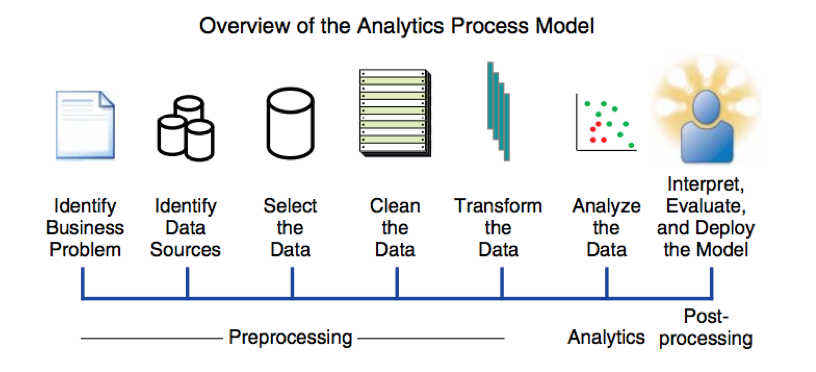The Future of Data Science & Data Analytics

Data is used to deliver quality customer experiences, determine new sources of revenue, improve inefficiencies, predict trends, and encourage innovation to sustain business growth. As such collecting, categorizing, and analyzing data has become inherent to business operations. Thus, understanding the future of data science and data analytics is vital to an organization’s success.
What are data science and data analytics?
Data Science
Data science employs scientific methods to uncover patterns from raw data and make sense of what it means. Finding and understanding these patterns is critical to problem-solving and relies on artificial intelligence, machine and deep learning. Data science continues to evolve as new observations are discovered about structured and unstructured data.
| Artificial Intelligence | Program to think and act like humans – sense, reason, act, and adapt |
| Machine Learning | Enables computers and systems to perform without explicit programming – performance improves as exposed to more data |
| Deep Learning | Subset of machine learning – architectures called neural networks simulate the human brain |

Data Analytics
Data analytics requires a comprehensive understanding of data mining, co-relations, machine and deep learning. The data analytics process helps drill down on past, current, and future states to make connections and draw conclusions. Data analytics is a broad field that exists at the intersection of technology, mathematics, statistics, and business to produce the best results.
| Types of Data Analytics | |
| Type of Analytic | Question, Basis, or Action |
| Descriptive | What’s happening? Real-time data |
| Diagnostic | Why is it happening? Determine root-cause |
| Predictive | What’s likely to happen? Historical patterns from static plans |
| Prescriptive | What needs to happen? Recommended actions and strategies based on future plans, goals, or objectives |
Data Analytics Process

Source: SAS Institute
What’s the future of data science and data analytics?
Data-driven decisions have become the norm as data volumes increase. The need for data science and data analytics will grow with this trend as computing power increases, data processing techniques improve, and cloud migrations are now prevalent. With these considerations the future of data science and data analytics requires human-centered design, data sharing, and a culture of data.
Human-centered design
Human-centered design places people at the center of products, services, and systems to deliver intuitive solutions. Leveraging human-centered design provides businesses with a competitive edge by enabling users to achieve their objectives. Additionally, businesses are able to grow and scale with enhanced perspective of the wants, pain points, and preferences of their target audiences.
Data sharing
Data sharing is critical for organizations to collaborate internally and externally. Internally data sharing happens across departments, applications, and systems to remove silos and enhance daily operations. Externally data sharing helps to streamline practices and processes to achieve greater results for the organization and its clients or customers.

Culture of data
A healthy data culture informs the organization on how to implement inclusive design practices, share and decentralize data for maximum impact. A strong data culture prioritizes data exploration, data literacy, and data governance to embrace data-driven decision-making. Data governance should encompass data exploration and literacy, as well as establish the beliefs and behaviors to explore and enact the right technologies, institute security measures, and protect data quality.
As the future of data science and data analytics is steady and thriving, a career in data science or data analytics may be right for you. To learn more about our Python Data Science Certificate set up a time to speak with a Student Advisor and discover how we help increase your proficiency.
